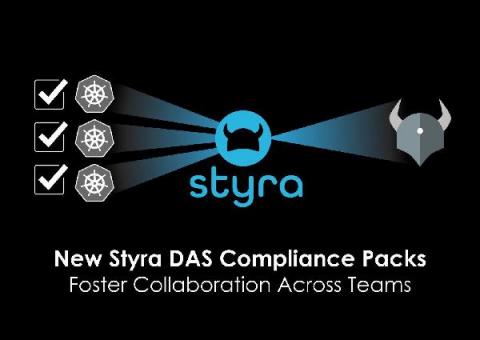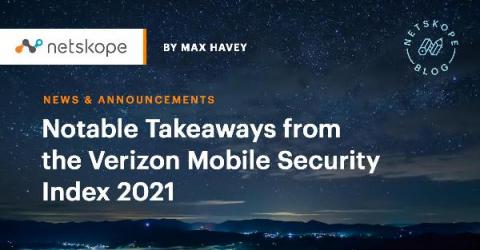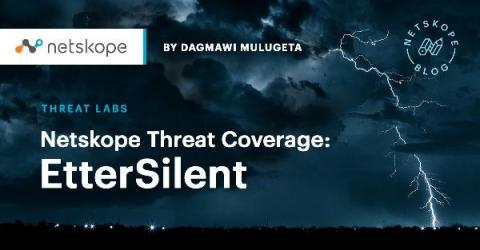New Styra DAS Compliance Packs Foster Collaboration Across Teams
Bridging the gap between Security, Compliance and DevOps teams can be a challenging cultural shift to address. DevOps teams are eager to get software out faster and more efficiently, yet security best practices, like policy-as-code, need to be integrated from the outset to streamline the development process in this new cloud-native world.











